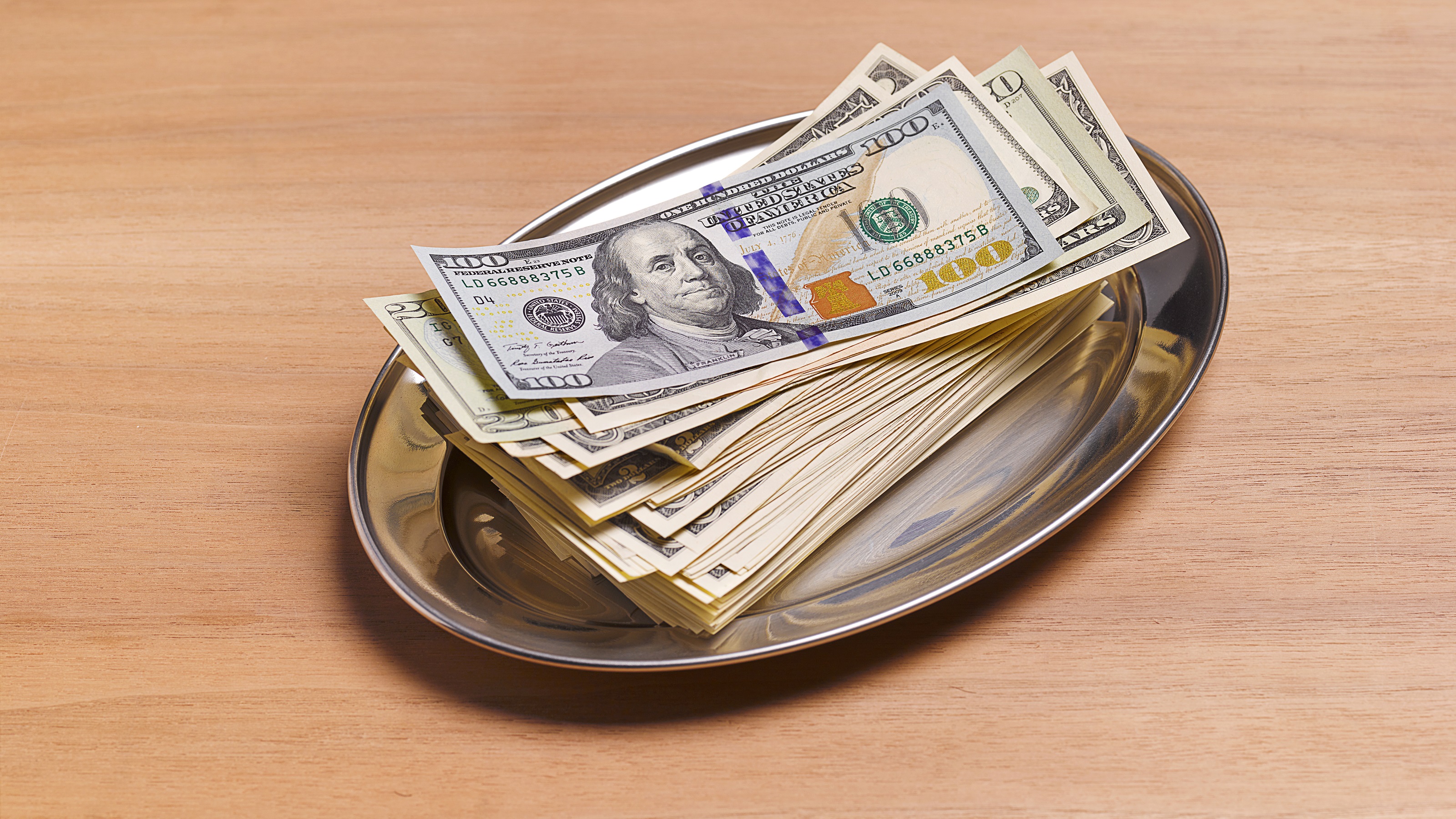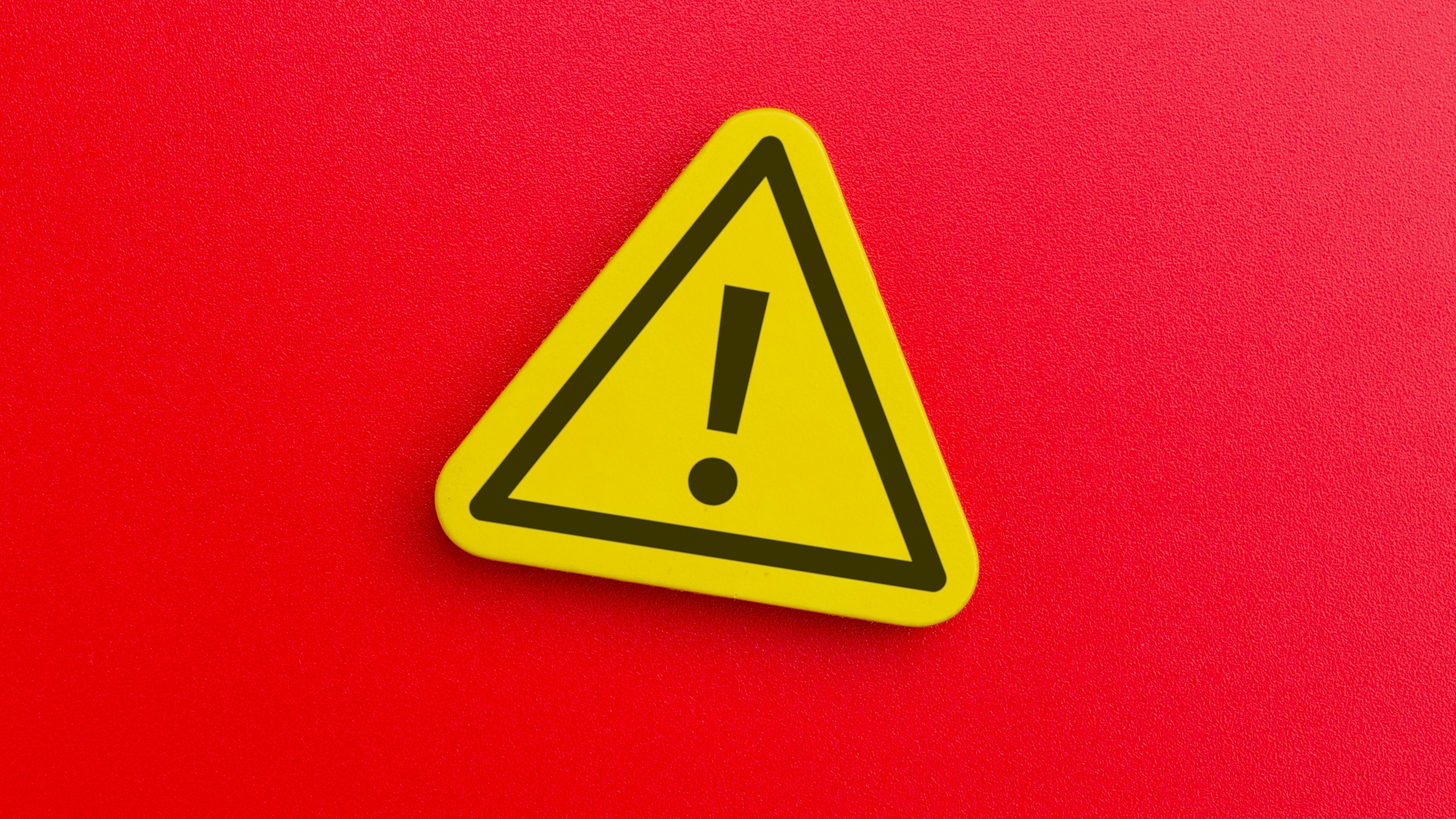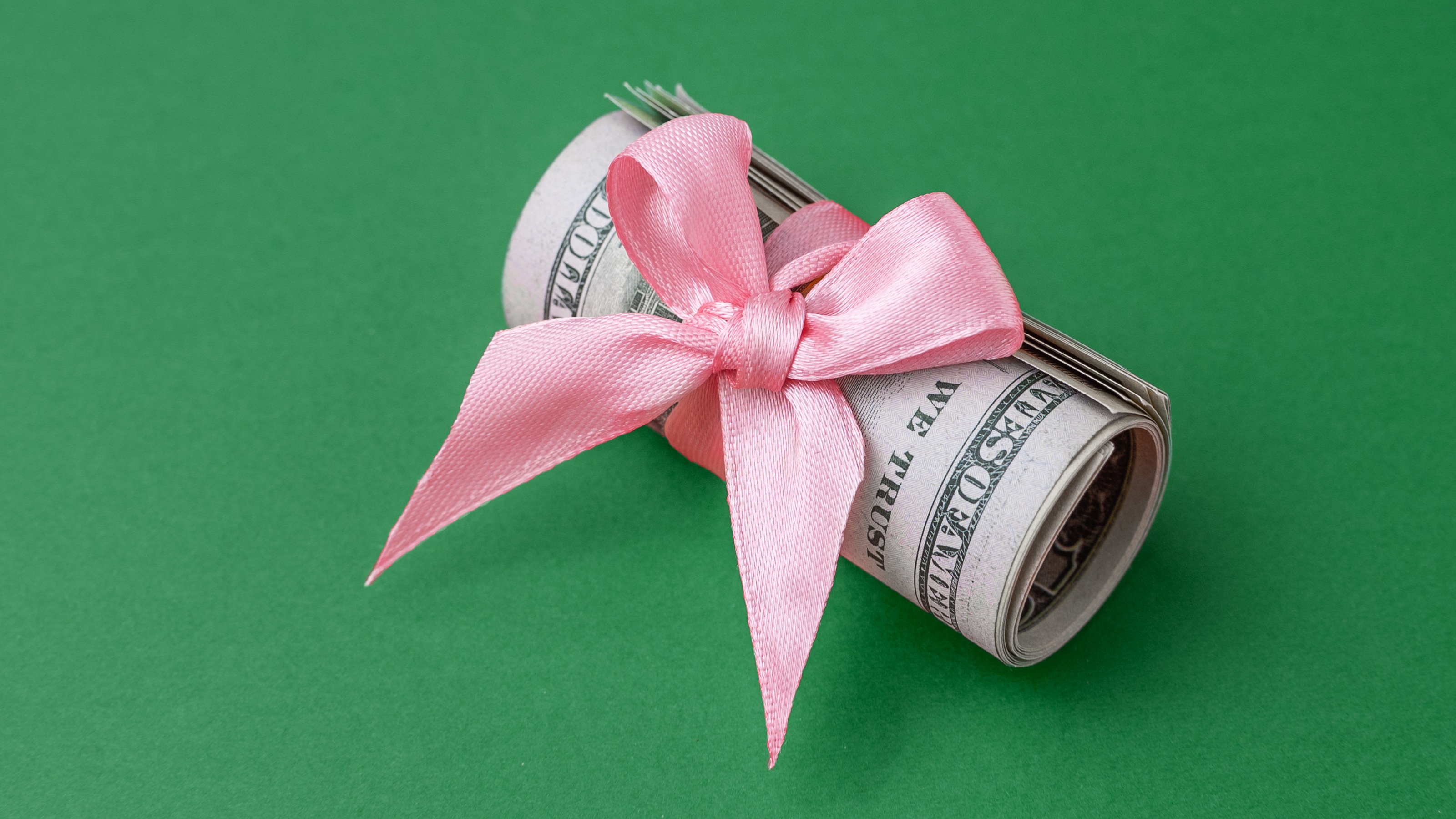When Deciding Where to Put Idle Cash, Consider These Three Factors
While interest rates remain high, you can put idle cash to work, but be sure to look at the rate of return, security and liquidity of your options.


After the Fed raised interest rates to their highest level in years, many forecasts predicted that we would see rate cuts once inflation cooled off. That hasn’t happened.
The federal funds rate remains between 5.25% and 5.50%, and those long-anticipated cuts continue to be pushed back. This has left investors with important decisions about how to best manage their savings during an extended period of higher rates.
Those savings are substantial. In 2022, the median American household held $8,000 in cash in transaction accounts (regular checking or savings). A modest figure by some measures, but consider that the mean household held $62,000 in transaction accounts during that same calendar year. For households with individuals age 65 to 74, the amount was over $100,000.
From just $107.88 $24.99 for Kiplinger Personal Finance
Become a smarter, better informed investor. Subscribe from just $107.88 $24.99, plus get up to 4 Special Issues

Sign up for Kiplinger’s Free Newsletters
Profit and prosper with the best of expert advice on investing, taxes, retirement, personal finance and more - straight to your e-mail.
Profit and prosper with the best of expert advice - straight to your e-mail.
Savers holding this cash in traditional savings accounts are seeing minimal returns; as of May 2024, the average savings account is paying 0.45% interest, according to the FDIC. In fact, with inflation still hovering above 3%, the value of such accounts is actually falling in relative terms.
What are the alternatives?
Assessing alternatives to savings accounts
Last year, I wrote about five places to put cash outside of a normal bank account. In this high-rate environment, savers continue to have a unique opportunity to maximize their cash holdings. There is a range of options to choose from: brokerage accounts, money market mutual funds (MMMFs), certificates of deposit (CDs) and Treasury bills, to name a few.
When deciding where to hold cash, investors should consider three key factors: rate of return, security and liquidity. Here’s a closer look at each:
Rate of return. One important question investors should ask is: What kind of return will I see on my money? The baseline goal should be to protect the value of cash by finding yields that keep up with inflation. With higher interest rates, those opportunities are ample, and many options even outpace inflation.
Security. Investors also want to ensure their cash is secure. The FDIC insures standard savings accounts up to $250,000 in the event of a bank failure. Bank failures are rare, but as we saw last year, higher interest rates and other macroeconomic factors put additional financial pressure on balance sheets, leading to a number of notable collapses.
The tradeoff for balance protection in a savings account is typically lower yields. Meanwhile, popular higher-yield options, such as money market mutual funds (MMMFs) or Treasury bills, are not FDIC-protected.
However, there are ways to earn higher returns without sacrificing peace of mind; high-yield brokerage accounts can offer competitive interest rates and provide access to FDIC insurance. Some brokerages also provide access to FDIC insurance beyond the standard $250,000 limit by working with partner banks to layer protections.
Liquidity. Finally, how available is the cash when it needs to be accessed? Some high-yield savings options also limit the number of withdrawals you can make in a month. An investor who buys Treasury bills, for instance, must wait for them to mature before the funds become available, or sell them in the secondary market, introducing risk to the principal.
Cash invested in money market mutual funds is far more liquid, but there is still a settlement period. It can take two business days to transfer funds to a bank account. In an emergency, that might be longer than someone is willing to wait. Certain money market funds also have what’s called a liquidity gate, which allows the fund manager to prevent large outflows — potentially locking up cash when it’s needed most.
High-yield brokerage accounts, on the other hand, can offer same-day transfers. Savers concerned about liquidity may sleep better with cash more immediately accessible.
Navigating elevated interest rates
Understanding how to make the most of cash is especially important given the latest interest rate projections. Investors should prepare for a “higher for longer” environment where interest rates remain elevated moving forward. According to the CME FedWatch Tool, which calculates probabilities of rate changes, the most likely outcome is one to two rate cuts in the next year.
With deeper cuts unlikely for some time, savvy investors will take advantage of these higher rates to preserve and grow their savings. As they do so, rate of return, security and liquidity should remain top of mind when managing cash holdings.
Related Content
- How Much Cash You Really Need
- Five Places to Put Cash Rather Than in the Bank
- When It Comes to Cash Yields, Cash Is No Longer Trash
- Are You a Baby Boomer With Too Much Cash? Three Scenarios for What to Do
- Personalized Investing Portfolios: Unlock the Greatest Potential
Profit and prosper with the best of Kiplinger's advice on investing, taxes, retirement, personal finance and much more. Delivered daily. Enter your email in the box and click Sign Me Up.

Adam Grealish serves as Head of Investments at Altruist, a fintech company on a mission to make great independent financial advice more affordable and accessible. With a career rooted in financial innovation, Adam most recently led Betterment's strategic asset allocation, fund selection, automated portfolio management, and tax strategies. In addition, he served as a vice president at Goldman Sachs, overseeing the structured corporate credit and macro credit trading strategies.
-
 I'm want to give my 3 grandkids $5K each for Christmas.
I'm want to give my 3 grandkids $5K each for Christmas.You're comfortably retired and want to give your grandkids a big Christmas check, but their parents are worried they might spend it all. We ask the pros for help.
-
 If You're Not Doing Roth Conversions, You Need to Read This
If You're Not Doing Roth Conversions, You Need to Read ThisRoth conversions and other Roth strategies can be complex, but don't dismiss these tax planning tools outright. They could really work for you and your heirs.
-
 Could Traditional Retirement Expectations Be Killing Us?
Could Traditional Retirement Expectations Be Killing Us?A retirement psychologist makes the case: A fulfilling retirement begins with a blueprint for living, rather than simply the accumulation of a large nest egg.
-
 I'm a Financial Planner: If You're Not Doing Roth Conversions, You Need to Read This
I'm a Financial Planner: If You're Not Doing Roth Conversions, You Need to Read ThisRoth conversions and other Roth strategies can be complex, but don't dismiss these tax planning tools outright. They could really work for you and your heirs.
-
 Could Traditional Retirement Expectations Be Killing Us? A Retirement Psychologist Makes the Case
Could Traditional Retirement Expectations Be Killing Us? A Retirement Psychologist Makes the CaseA retirement psychologist makes the case: A fulfilling retirement begins with a blueprint for living, rather than simply the accumulation of a large nest egg.
-
 I'm a Financial Adviser: This Is How You Can Adapt to Social Security Uncertainty
I'm a Financial Adviser: This Is How You Can Adapt to Social Security UncertaintyRather than letting the unknowns make you anxious, focus on building a flexible income strategy that can adapt to possible future Social Security changes.
-
 I'm a Financial Planner for Millionaires: Here's How to Give Your Kids Cash Gifts Without Triggering IRS Paperwork
I'm a Financial Planner for Millionaires: Here's How to Give Your Kids Cash Gifts Without Triggering IRS PaperworkMost people can gift large sums without paying tax or filing a return, especially by structuring gifts across two tax years or splitting gifts with a spouse.
-
 'Boomer Candy' Investments Might Seem Sweet, But They Can Have a Sour Aftertaste
'Boomer Candy' Investments Might Seem Sweet, But They Can Have a Sour AftertasteProducts such as index annuities, structured notes and buffered ETFs might seem appealing, but sometimes they can rob you of flexibility and trap your capital.
-
 Quick Question: Are You Planning for a 20-Year Retirement or a 30-Year Retirement?
Quick Question: Are You Planning for a 20-Year Retirement or a 30-Year Retirement?You probably should be planning for a much longer retirement than you are. To avoid running out of retirement savings, you really need to make a plan.
-
 Don't Get Caught by the Medicare Tax Torpedo: A Retirement Expert's Tips to Steer Clear
Don't Get Caught by the Medicare Tax Torpedo: A Retirement Expert's Tips to Steer ClearBetter beware, because if you go even $1 over an important income threshold, your Medicare premiums could rise exponentially due to IRMAA surcharges.
-
 I'm an Insurance Pro: Going Without Life Insurance Is Like Driving Without a Seat Belt Because You Don't Plan to Crash
I'm an Insurance Pro: Going Without Life Insurance Is Like Driving Without a Seat Belt Because You Don't Plan to CrashLife insurance is that boring-but-crucial thing you really need to get now so that your family doesn't have to launch a GoFundMe when you're gone.